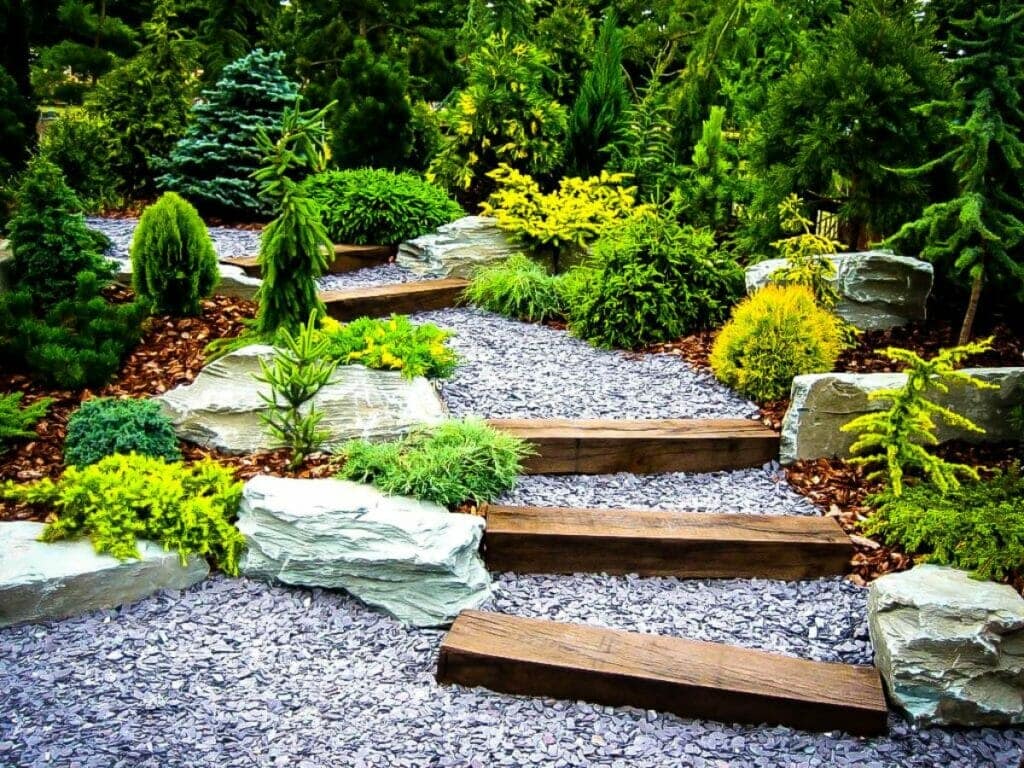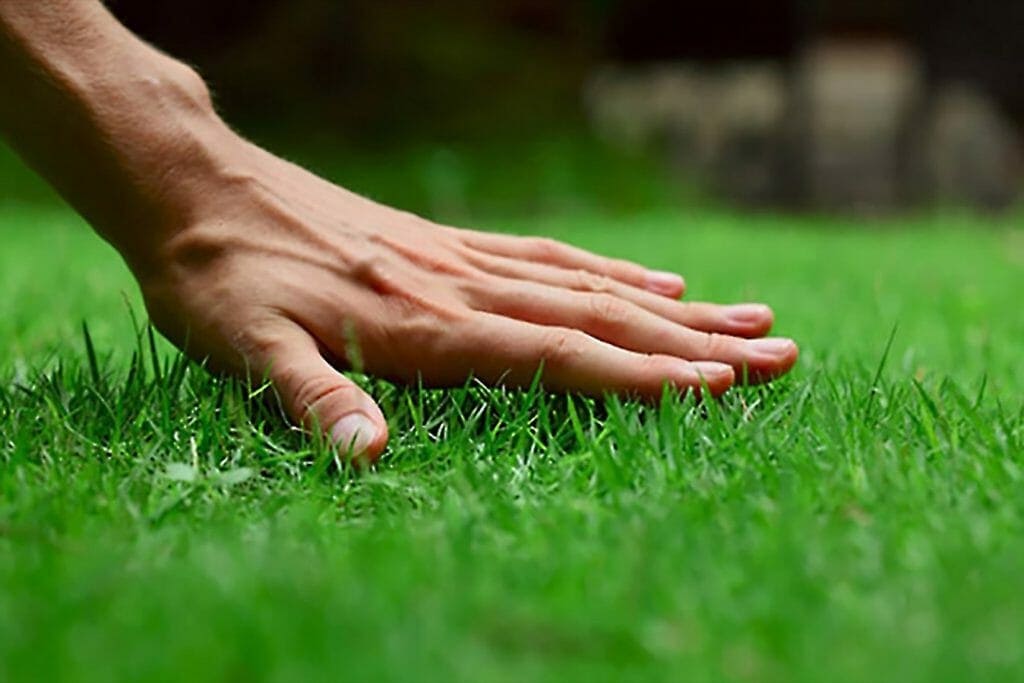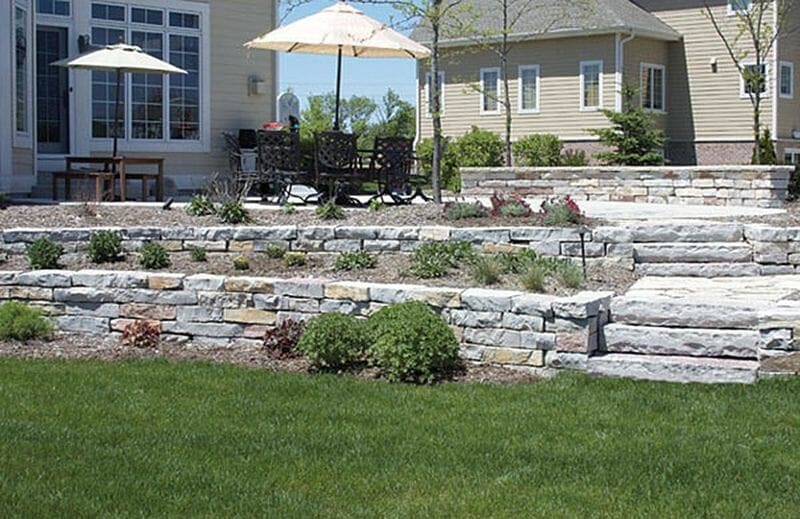If you’re wondering how to make a Japanese garden, you’ve come to the right place. This article covers several topics, including the why and how of Japanese garden design, the principles of Japanese garden philosophy, and the structure of a Japanese garden. Once you’re familiar with these concepts, you’ll be ready to create the garden of your dreams. To begin, you’ll need a few materials.
Why make a Japanese garden?
When deciding to create a Japanese garden, you should consider the principles of Feng shui. This philosophy aims to create an environment where good energy can flow freely. Traditional Japanese gardens often start with a pond or a stream. Other common elements include standing rocks, mosses, and miniature trees.
Japanese gardens are different from western gardens in that they do not require lawns or much pruning. They also don’t use turf and gravel to make the soil look luscious. In addition, they use minimal watering and maintenance, which helps reduce the amount of work you have to do on weekends. The traditions of Japanese gardening stemmed from the Japanese’s appreciation of nature. For instance, they understood the importance of water and recognised the hydraulic cycle.
Japanese gardens use a variety of plants to create a zen atmosphere. For example, Japanese maples are popular because of their unique shape and delicate leaves. They also provide a great deal of color, especially during fall. Weeping Japanese cherry trees and soothing purple irises are also common in Japanese gardens. Wisteria is another popular choice that adds a zen feel to a garden.
Principles of Japanese garden philosophy
One of the most important principles of Japanese garden philosophy is that beauty should be attainable through simplicity. Simplicity is achieved by eliminating the unnecessary and maximizing the impact of what remains. However, simplicity must not be confused with bareness, as this can appear monotonous. In this philosophy, a garden should be as simple as possible in terms of design, so that the natural elements in the garden can speak for themselves. In this context, the use of natural materials and imaginative constructions can be employed.
Japanese gardens are rarely laid out symmetrically or on straight axes. Instead, they should evoke a sense of serenity throughout the whole area. A Japanese garden should be evocative of a peaceful place. To achieve this, the layout of buildings should be diagonal from the gate’s view. Principles of Japanese garden philosophy also include the placement of small elements. Large rocks placed in the foreground, for example, make the garden look bigger. The placement of smaller elements is also important, since it creates an illusion of discovery.
In the early days of the Japanese garden, a wealthy Japanese industrialist offered to build a “real” Japanese garden in an American city. To create a “real” Japanese garden, he sent a few hundred orchid trees from Japan, along with six additional stone lanterns and an eight-ton statue of Hotei. He also hired a well-known Japanese landscape architect and six Japanese carpenters.
Japanese garden design
The basic principles of Japanese garden design are based on simplicity, natural elements, and harmony. Well-designed gardens use a proportional scale of landforms, plantings, pathways, and water features to create an ambiance that relates to a human being. While the design of a Japanese garden should be aesthetically pleasing, it should also be comfortable to walk through. In this way, it is more appealing to a human visitor.
Japanese garden design makes use of the S-curve. S-curves can be used to create depth, and they are preferred over straight paths. They can also be used to create a sense of mystery. The “hide and reveal” technique is an example of this; it makes the path appear hidden in a natural way, attracting the eye.
Other features of Japanese gardens include water features, such as waterfalls or still ponds. Water and stone are essential components of a Japanese garden. Both elements are necessary to balance each other. However, some Japanese garden designs have a special place for sand instead of fresh water. In addition to representing clouds, sand also represents water in a Japanese garden.

Structure
The structure of a Japanese garden is important in creating an atmosphere of tranquility. Paths are central to the structure of a Japanese garden and help to transport viewers into a different world. The path’s shape and construction is very important and will have a significant impact on the viewer’s experience of the garden. A path leading toward a building, for example, will be much different than one leading through a garden landscape. In addition, paths that are set deep into a garden landscape can be easily absorbed into the landscape.
The structure of a Japanese garden can vary widely. Some are small and intimate, while others are more formal and expansive. Some have water features. Others are composed of a forest or a stream. They are also built to serve as a place for tea ceremonies. A tea garden is a traditional Japanese garden with features specific to the tea ceremony.
A Japanese garden is designed to look like a natural environment. The structure includes elements such as plants, flowers, and trees. A Japanese garden is a place where nature and man interact. The structure is a reflection of the house and its surroundings.
Texture
In a Japanese garden, you want to use different kinds of texture. For example, you can make paths that lead to hedges and shrubs. You can also incorporate stepping stones and cut paving stones. However, you must be careful when using uneven stones. You can also add ground cover plants to soften sharp edges. In addition, moss can add a very natural element to your Japanese garden.
The main idea behind Japanese gardens is that they are naturalistic, with many different textures. They are also made up of different sizes of plants, which are used to create balance. Moreover, you must avoid clutter. Japanese gardens should be spatially balanced and have an overall aesthetic appeal. In order to create a great texture in a garden, you must know how to balance different types of plants and trees.
Natural stone is also an important part of a Japanese garden. Some stones are smooth and slippery, while others are softer and more feminine. In both cases, texture is just as important as appearance. When selecting stones, try to use natural shapes, ranging from small pebbles to large rocks. Choosing rocks that mimic craggy mountaintops will create a unique Japanese garden texture.
Simplicity
A simple Japanese garden is a perfect way to incorporate some of the elements of a traditional Japanese garden into your home. You can add ponds, waterfalls, large stones, and structures to give your yard the look of a Japanese garden. However, you must be sure to choose appropriate plants and follow all the rules to ensure your garden is a success. A professional gardener can provide valuable advice and help you choose the right plants for your garden.
Bamboo is another popular element to include in a Japanese garden. It adds an exotic touch to any planting. Bamboo is particularly striking when grown in blocks, which create an airy green screen that waves in the breeze. Bamboo can also be used to enhance boundaries and add privacy to a garden. The foliage also acts as a sound barrier and hides traffic noise.
To add to the Japanese theme, consider using subtle accents like rockwork and stone lanterns. You can also incorporate Japanese style pruning techniques, which emphasize the basic structure of plants. Using pagodas and paths in your garden is another great way to create the illusion of distance. You can also add small rock gardens and ponds to create a natural scene.
Simplicity Colour
The foundations of the Japanese garden are ancient, but they can still be incorporated into your own garden. The key is to mix tradition with culture. You will need to get outside your comfort zone and think differently about your garden design. For instance, you might want to consider using bamboo as your garden perimeter. Bamboo is a renewable resource, so it is a great way to incorporate nature into your crafted space.
To get the full effect of a Japanese garden, you will need to educate yourself on the art of Japanese gardening. Many of the cliche ideas associated with Japanese gardens originate in Chinese culture. Chinese motifs, such as bridges over small streams, and red hanging flowers are all examples of features that were originally introduced to the Japanese style. True Japanese gardens, on the other hand, use green and other monochromatic colors.
Water is also essential in a Japanese garden. Adding water to your garden will help you to feel more connected with the earth. The Japanese believe that water is very important and that it gives us inner peace. A pond can be a large feature, or it can be as simple as a sunken trough. In addition, you can create islands in your garden. You don’t need a huge landscaping project to make an island; you can simply add a few raised rocks into a pond or a dry river of gravel.
Spatial hierarchy
Spatial hierarchy is a key element of Japanese garden design. It is as important as the physical components of the garden. Using space well requires the artist to be sensitive to implied meaning and engage the viewer’s imagination. Japanese garden designs typically have layered structures that begin with the land and water. Then, the other components are built on top of the land, such as the trees and plants.
The spatial hierarchy in a Japanese garden is the arrangement of design elements according to their function in the garden. This is done through the use of paths, artificial hills, and plantings. This arrangement promotes a sense of place and emphasizes rhythm and the ability to move. The designer should keep the space as balanced as possible so that it feels natural and not overwhelming.
Spatial hierarchy in a Japanese garden is achieved by the placement of elements in a way that creates tension. The designer will experiment with the placement of different elements until he finds a place where the space between them creates opposition.



